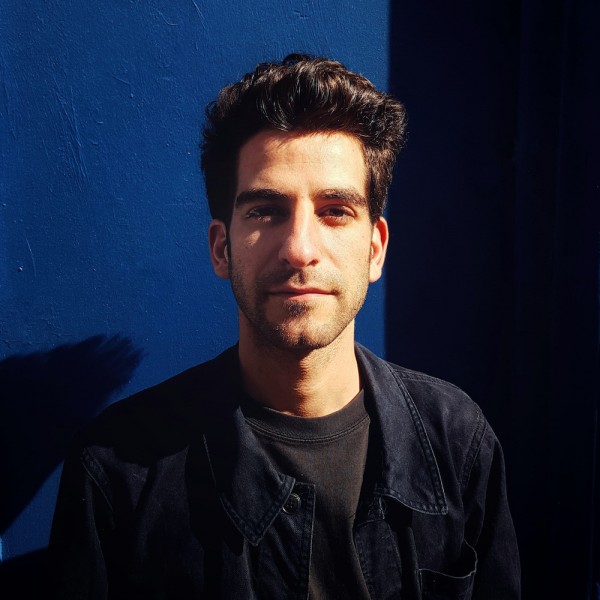Works
Works
Rafael Yaghobzadeh
June 14, 2021
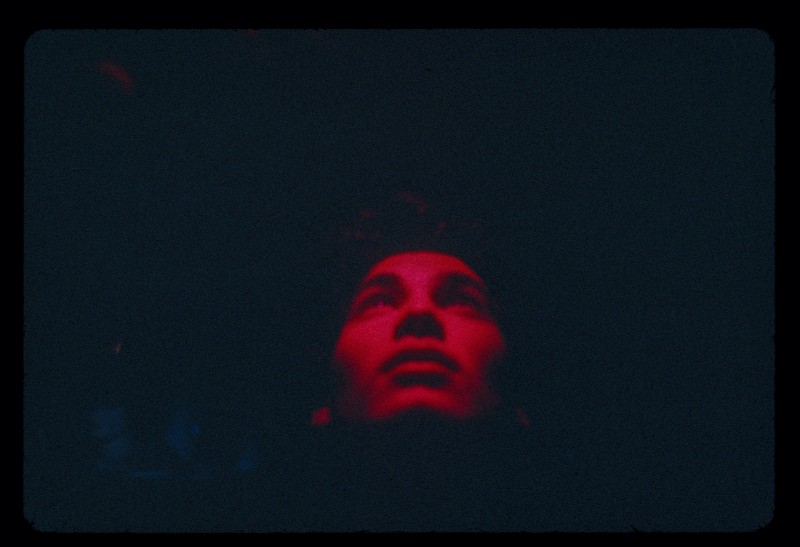
My friend Sylvain, 20, during the New Year's Eve party organized at my place in Paris, on December 31, 2010. From my personal 2002 to 2021 project about my friends
LFI: What is the biggest challenge for you when taking photos?
Rafael Yaghobzadeh: The biggest challenge when I take a picture is to catch the best light or a good angle. A couple of months ago, I started to photograph with old cameras and to experiment with film. The biggest challenge with these devices is to develop and produce a picture correctly.
What is your visual approach to your topics?
I try to have a visual approach for each of my projects. Most of them are long term, so I normally build my visual approach over the years. I produce a lot of material over a certain amount of time, then I start to built a visual narrative, which will be the common thread. Furthermore, I collect all kinds of documents linked to the subject. Then I continue to look for the missing points of the story. Once I’m satisfied, I can think about a protocol to link, intersect, and divide the different pieces. It’s all a matter of time and tuning.
What Leica system did you use?
I like to use Leicas because of their discretion, simplicity, authenticity and magic. A few years ago I used the M9. I now have a Leica Q, an M10, M8, and M4 with Summilux 35 f/1.4 pre ASPH, Summilux 50 f/1.4 pre ASPH and Elmarit 90 f/2.8 pre-ASPH. Those lenses were gifts from my father photographer. He bought them on the black market in Bucharest while he was covering the revolution there in 1989.
What kind of research do you do before you start your projects?
I do lots of research before starting a project – looking for inspiration in different publications dealing with the subject. I try to figure out the advantages or disadvantages, to identify the how, for what, for who and when I want to work on the project. The ultimate green light comes if the project can be timeless and universal; and if some editors are interested in collaborating on the project, it’s a good kickstart.
How does the pandemic affect you?
Actually, I’m able to travel as a journalist, but I can't work on certain projects due to pandemic. Since the beginning of the outbreak, I travelled twice to Lebanon (August 2020 and April 2021); and to Armenia where I was injured while covering the conflict in Nagorno-Karabakh for Le Monde. During the lockdown in Paris, I also did a lot of archive work related to my projects, and I had some assignments about Covid.
Where are you headed next?
Last April, I worked on assignments for the newspaper, Le Monde, and on personal projects in Lebanon. In May, I will launch my new book, Territory, published by Editions Nuit Noire. It's the second book about my work in Ukraine. I’m also currently working with a publisher on a book about my friends' daily lives over 20 years. Further projects are in progress – I’ve been working on my Lebanon project since 2019 and on my Armenia project since 2015. Apart from that, I want to start a new project about a Greek island.
What would you like viewers to draw from your work?
I’m hoping that the viewers will discover a reality that they don’t see or face every day. Because I studied history, I like to find a narrative storytelling based on dates, facts, portraits, alongside atmospheres and landscapes, to give some indices for a global understanding of a particular subject. To offer the viewers another dimension, there will be printed t-shirts on sale, as well as an exhibition of photogravure – images photographically transfering to a metal plate – to coincide with the launch of my latest book.
Rafael Yaghobzadeh: Territory
Hard cover. Format: 20.5 x 28.5cm, 64 pages
Editions Nuit Noire
Rafael Yaghobzadeh+-
Born in Paris in 1991, Yaghobzadeh studied History at the Sorbonne. In 2011 he was on location during the Arab uprisings, and then went on to report on other uprisings and conflicts in Europe and the Middle East. Three years later he began to deal with the refugee situation in Calais, Paris and on the Balkan route. Since 2014, he has been documenting the situation in Ukraine, and the many facets of society there – from the revolution in Kiev, to the referendum in Crimea and the war in Donbass. Yaghobzadeh increasingly combines writing and documentary film projects with photography. Based in Paris, he works regularly for media outlets such as Le Monde and the Associated Press. His work has been published in the likes of Libération, La Repubblica, Stern, Der Spiegel, M le Magazine du Monde, Le Temps, Le Figaro, Paris Match, Neon, Fisheye and Polka Magazine. More

My friend Sylvain, 20, during the New Year's Eve party organized at my place in Paris, on December 31, 2010. From my personal 2002 to 2021 project about my friends
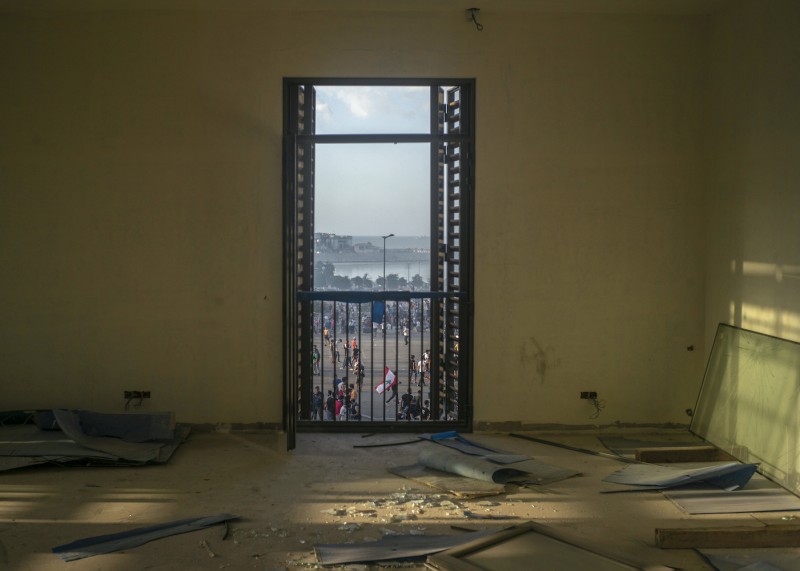
The view from a window, observing a demonstration against the Lebanese government, on August 8, 2020. From a story following the Beirut harbour explosion
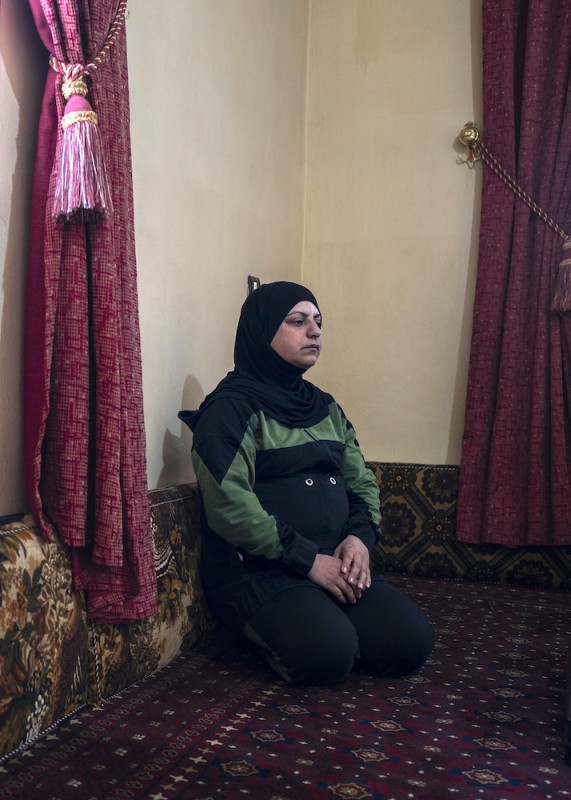
Tahani, the wife of Naji Fliti, a 40-year-old stonecutter and father of two children, who was found hanged near his home, on December 01, 2019 in Ersal, on the Lebanese border with Syria. From a story about the widows of the crises in Lebanon

Electricity cables in the Geitawi neighbourhood of Beirut, on August 27, 2020. From my current project about Lebanon
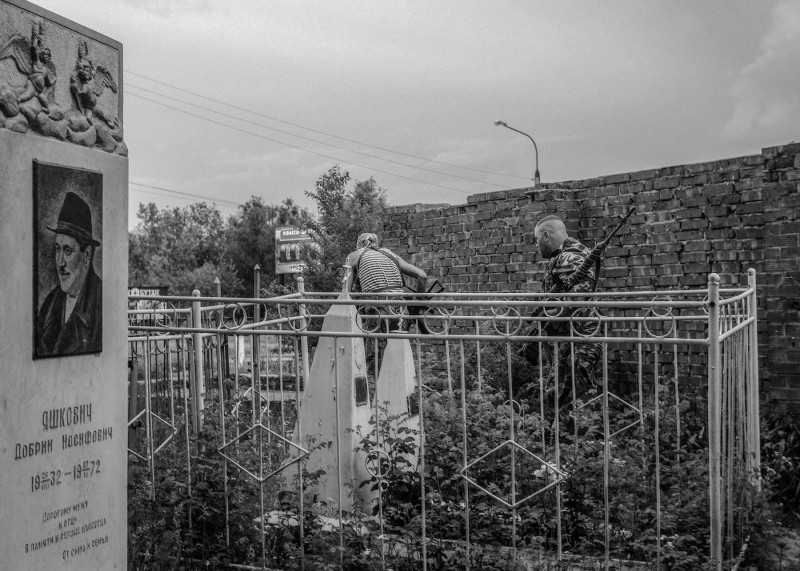
Pro-Russian soldiers hide in a cemetery outside the city of Slavyansk, in eastern Ukraine, April 19, 2014. It was at the beginning of the war; seven years later the conflict is still ongoing. From my project on Donbass, from 2014 and 2019
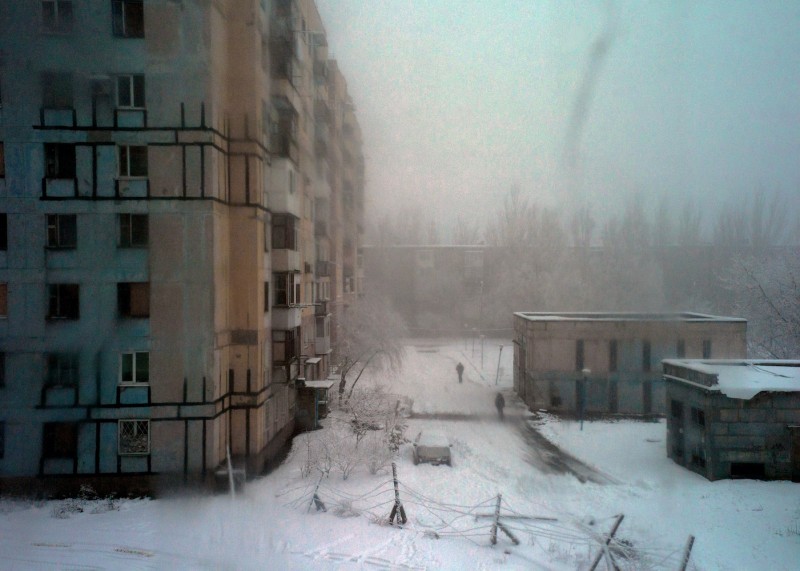
From the room where I slept – the morning atmosphere in the outskirts of Avdyevka, a few miles from the front line, on January 16, 2017. From a story about daily life near the front line in eastern Ukraine
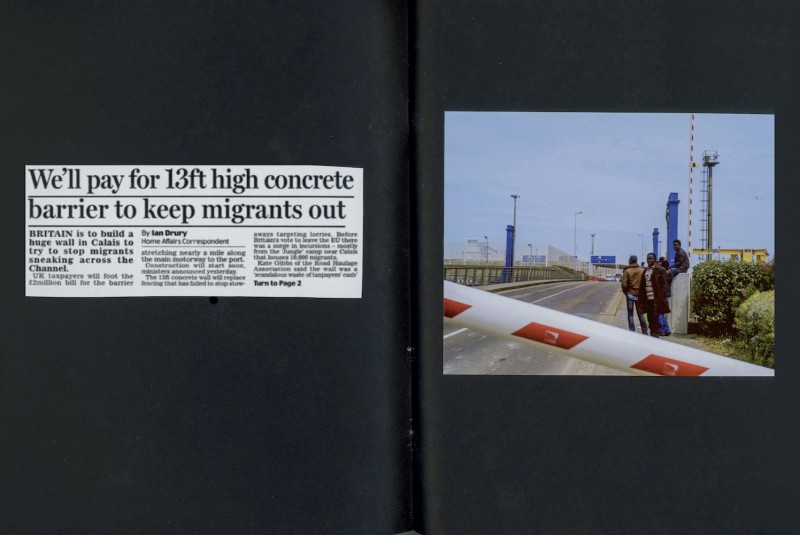
A group of Sudanese migrants stand next to the ferry port in Calais, France, in June 2014. From a personal notebook about the situation in Calais from 2014 to 2017
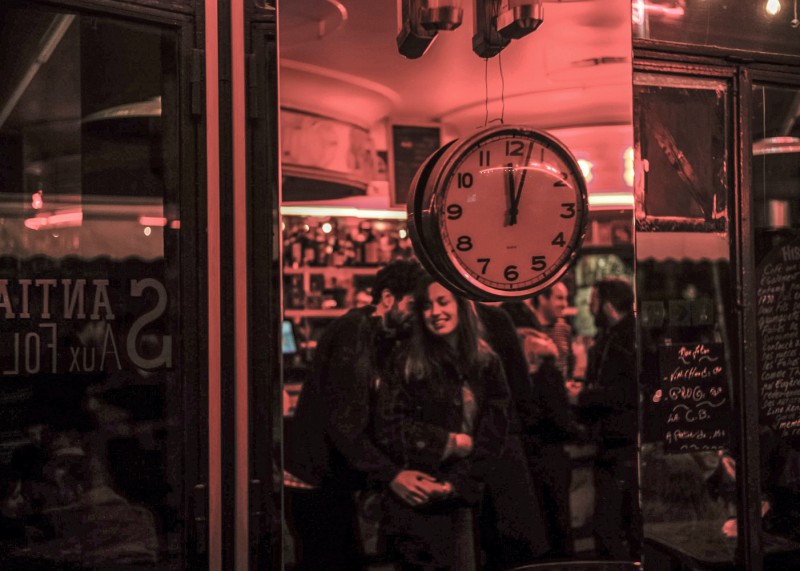
A young couple dance in a Parisian bar, before closing at midnight until further notice, along with other bars, cafes and places of entertainment, following the corona virus outbreak, in France, on March 14, 2020. From my project about the Covid19 outbreak in my neighbourhood
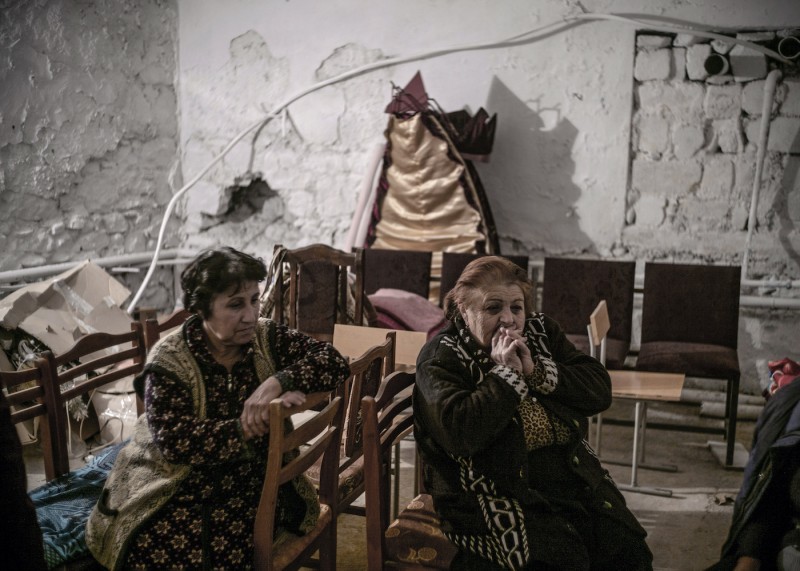
Civilians inside a bomb shelter in the cultural centre of Martuni in Nagorno-Karabakh, on October 1, 2020. It was one hour after I’d been badly injured in a missile attack – the war had just begun. From a story produced during the conflict in Nagorno-Karabakh

The mountains around the Latchin corridor that connects Armenia to Stepanakert in Nagorno-Karabakh, on September 30, 2020. The corridor is currently in the under-control of the Russian peacekeeping contingent. From a story produced during the conflict in Nagorno-Karabakh
